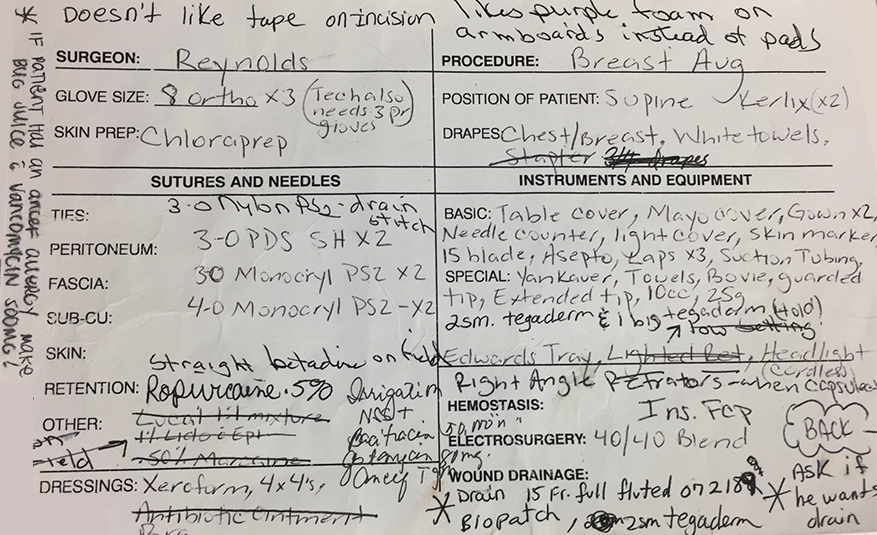The healthcare system is constantly evolving. As technology advances and best practices are updated, it takes significant effort to disseminate these changes to all the medical offices and hospitals throughout the country. In 2009, The American Reinvestment & Recovery Act (ARRA) was enacted with one of the primary reasons to further this dissemination of best practices and evidence based medicine by means of technology.
ARRA included many measures to modernize our nation’s infrastructure, one of which was the Health Information Technology for Economic and Clinical Health (HITECH) Act. Part of the HITECH Act was “meaningful use,” which was meant to incentivise innovation and implementation of electronic health records (EHR). The intention was that it would help clinicians make better, more informed, and meaningful decisions for their patients by using computer intelligence.
Unfortunately meaningful use quickly became a financial grab for tech companies and aspects of the HITECH act fell flat over the years as too many companies tried to get a piece of the pie.
Where Meaningful Use Went Wrong
Because of the financial incentives provided to medical practices to upgrade to an EHR, software vendors quickly lost their focus on increased efficiency and best practices to minimal eligibility requirements. Afterall, free money is an easier sell than better patient care.
Numerous vendors were certified to meet the meaningful use standards. However, the certification process did not guarantee an elegant or user-friendly solution to the requirement. In fact, many products had sloppy and cumbersome systems–very few provided a decent user experience.
More important, the certified EHR process did not ensure that the product does anything more than support meaningful use. For example, certified EHRs are not required to have features or checklists to support any particular area of medicine. This led many physicians to question the need for health IT at all, let alone government-backed health IT.
Today, we commonly see ambulatory surgery centers that own scheduling and inventory software yet still write their cases on a whiteboard, keep their surgical preference cards on a notecard, and order inventory with an excel spreadsheet.
How It Can Hurt You
The aim of the meaningful use incentive program was to improve the quality, efficiency, and coordination of patient care by leveraging certified EHR technologies. But these badly designed, insecure, and improperly used systems often pose serious data-breach, medication error, and fraud risks. These risks can have a serious effect on patients.
From a strategic standpoint, physicians who do not meet the meaningful use requirements may encounter issues with other clinicians in their healthcare network. If you can’t receive electronic transitions of care, you may not be viewed as a desirable referral source.
Also from a clinical care perspective, physicians who do not meet meaningful use may be at a disadvantage in working with patients in terms of patient treatment plan management, and the ability of patients to send secure messages.
Physicians who do not use a reputable program will suffer from a huge weakness on many fronts of their practice.
Meaningful Use Is Finally Taking A Positive Turn
Fortunately, despite all the disreputable healthcare software, there is a meaningful solution for operating rooms that has finally arrived and it’s called PREFcards™. PREFcards™ not only fulfills meaningful use, but is actually designed with usability and machine intelligence in mind. The software is cloud based, accessible on any device, shareable between facilities, and has built in analytics to help curb waste and costs.
PREFcards™ CEO, Chad Ramos has said, “Archaic paper preference cards are a huge and underappreciated problem. All the data analytics and machine learning of big EHRs are rendered useless if the software solution is not being used by the frontline workers. As we consult with ambulatory surgery centers, we are finding that the majority of them either use a paper notecard system outright, or pay for an existing software solution that is so cumbersome they still rely on paper cards. This is why what we’re doing with PREFcards™ is so important.”
The program was designed by a surgeon and anesthesiologist who knew first-hand the struggles of unwieldy programs that were not beneficial. PREFcards™ main focus is bringing medical preference cards to the 21st century with lots of practical features like notes, prices, accessibility, and A.I. driven reporting. They use their powerful machine learning to aid in understanding how to cut costs and make surgery less expensive. In the end, patients are the end-user that will be saving time, money, and confusion.
Stop suffering with software that serves no purpose and capitalize on the real reason meaningful use was introduced by using PREFcards™.


